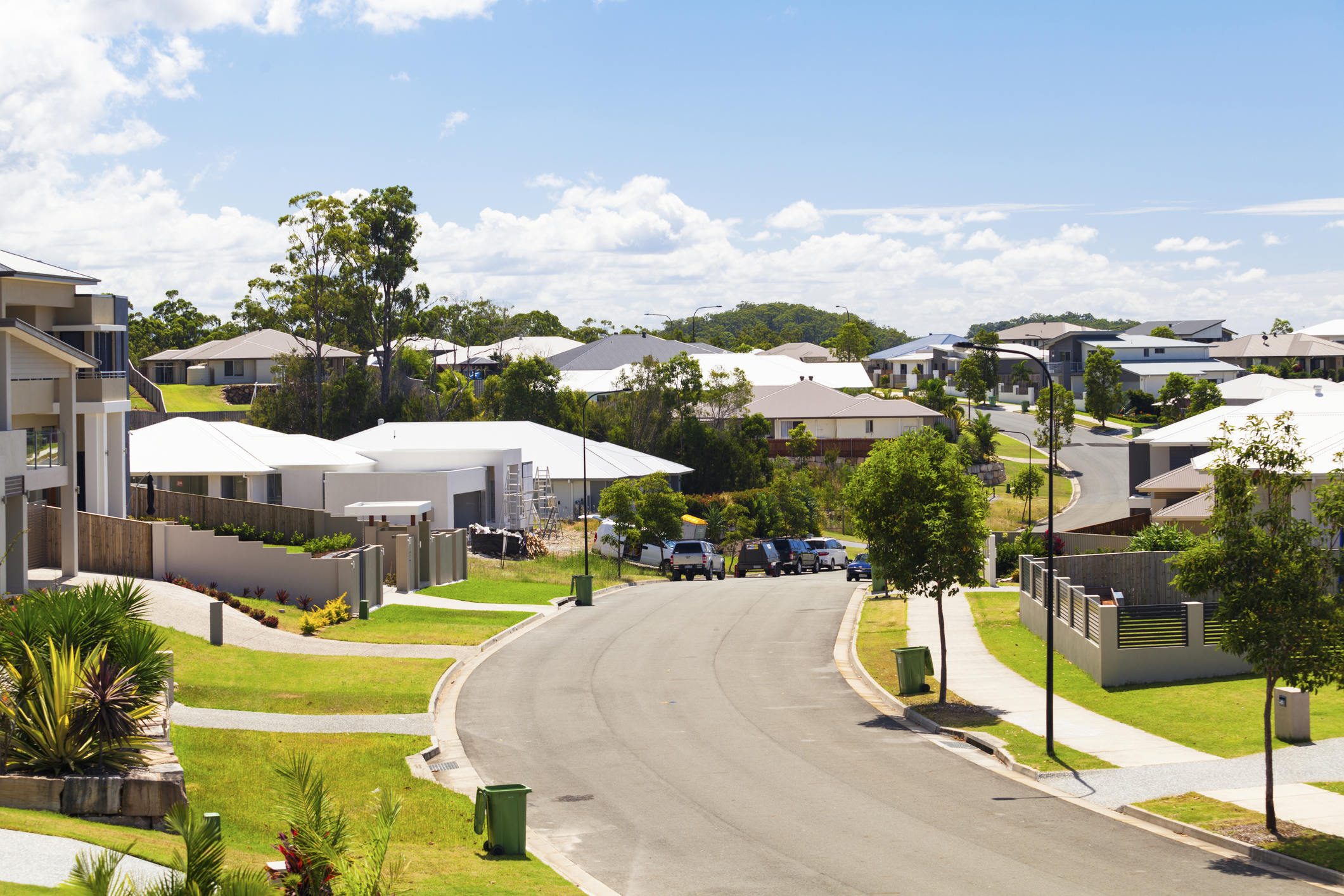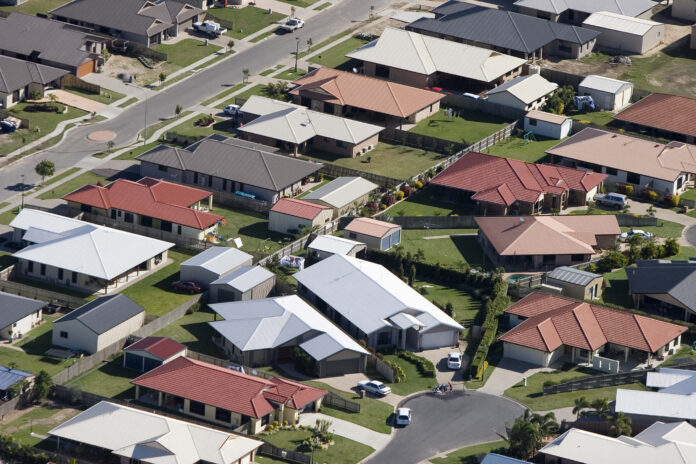Confronting statistics have revealed the extent of the Sunshine Coast’s rental crisis, and a leading property analyst expects the trend to continue for some time.
Real estate appraiser PropTrack informed Sunshine Coast News that only 2.6 per cent of the region’s houses listed for rent on realestate.com.au in April were for less than $400 a week.
That’s compared to 5 per cent last year and 10.1 per cent in 2000.
The median rental price for houses last month was $700, compared to $650 last year.
Just 20.6 per cent of units were available for less than $400 a week, compared to 25.9 per cent last year and 42.1 per cent in 2000. The median rental price for units was $570, compared to $520 last year.
Senior economist Eleanor Creagh said an influx of people to the region and limited housing had caused significant price rises and low vacancy rates.
“Housing markets in regional Australia (and particularly Queensland), both to buy and rent, experienced extreme demand throughout the pandemic as people sought more space and more affordable housing,” she said.
“Remote working opportunities and preference shifts drove strong population growth in regional areas at the expense of the capitals, and predominantly Sydney and Melbourne.
“Strong demand to rent, bolstered by rising immigration and elevated net migration into Queensland, continues to outstrip supply, and this mismatch between supply and demand is seeing rents continue to rise.
“There is now a much shorter supply of affordable rentals.
“Low-income households looking for a rental will find it tough to avoid spending a large share of their income on rent.”

She said the trend was slowing but it would still be difficult for renters to access properties at a relatively low price.
“Conditions may not worsen at the pace they have been,” she said.
“Vacancy rates have begun to ease in the Sunshine Coast, increasing 0.41 percentage points over the past year.
“Pressure has shifted from regional areas to the capital cities, and particularly the unit market, as demand from overseas migration has increased and city living resumed.
“However, with the rental vacancy rate sitting at 1.48 per cent in April, conditions remain tight and it’s difficult for many to find rentals.”
Ms Creagh said more properties were needed.
“The only sustainable solution to the rental crisis is an increase in the supply of available rentals,” she said.
“However, this takes time, and there isn’t a meaningful release valve on the horizon to increase the supply of available rentals anytime soon.
“We are seeing a downturn in building activity, and investor activity is also not where it was several years ago.
“Strong migration, low vacancy rates and limited new supply mean tough conditions for renters are likely to continue, with the share of rentals listed for less than $400 per week remaining at low levels.”
The region’s lofty rental prices coincide with relatively high prices for purchasing homes.
Nationally, 12.63 per cent of rental houses and 19.78 per cent of units were listed under $400 per week in April, down from 41.74 per cent and 41.75 per cent in 2020, due to strong migration, low vacancy rates and limited new supply.

Households try to make ends meet
Australian renters are handing over almost one-third of their income to service a new lease as prices continue to skyrocket.
The portion of income going towards rent has reached its highest level since 2014, according to new analysis by ANZ and property data firm CoreLogic.
The report found the median income household would need to part with 30.8 per cent of their income to service a new lease.
The picture is much bleaker for lower-income households, with those in the 25th percentile income level dishing out 51.6 per cent of their income.
This puts this cohort firmly in housing stress as commonly defined by the “30/40” rule, which is where the lowest 40 per cent of income earners are spending more than 30 per cent on housing.
The report noted that there has always been a big difference in housing affordability for median and low-income renters but this gap was getting wider, suggesting poorer households have been hit much harder by rising rents.
CoreLogic Australia head of research Eliza Owen said there had been some “extraordinary shifts” driving up demand for rentals, including that there were now fewer people per home and overseas migration had returned with a bang.
On the other side of the ledger, investor conditions had not been ideal and stemmed the flow of new rental supply.
“As rents have risen sharply, the increase in the cash rate, and pressures in the construction sector have slowed the rate of dwelling completions,” she said.
However, Ms Owen said an uptick in investor borrowing suggested more rentals are coming but would take some time to materialise.
At 1.1 per cent nationally, rental vacancy rates are well below the three per cent decade average. New listings also remain well below average.
– with AAP
Help keep independent and fair Sunshine Coast news coming by subscribing to our FREE daily news feed. All it requires is your name and email at the bottom of this article.





